New ArchiMaps app lets you explore cities by their important buildings
Find out more about that building

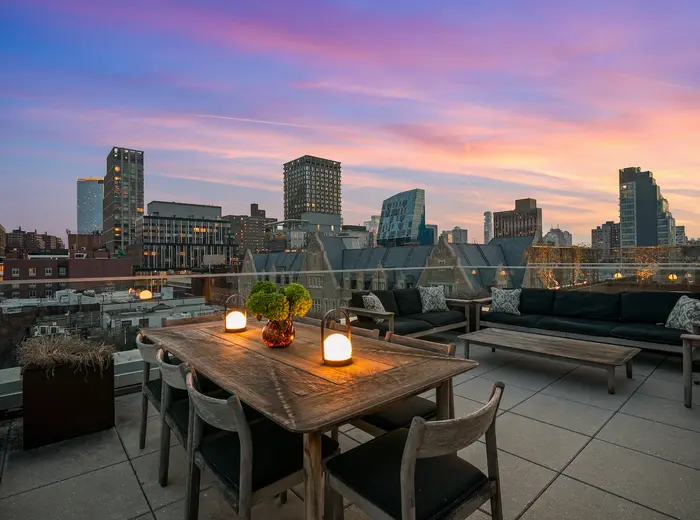
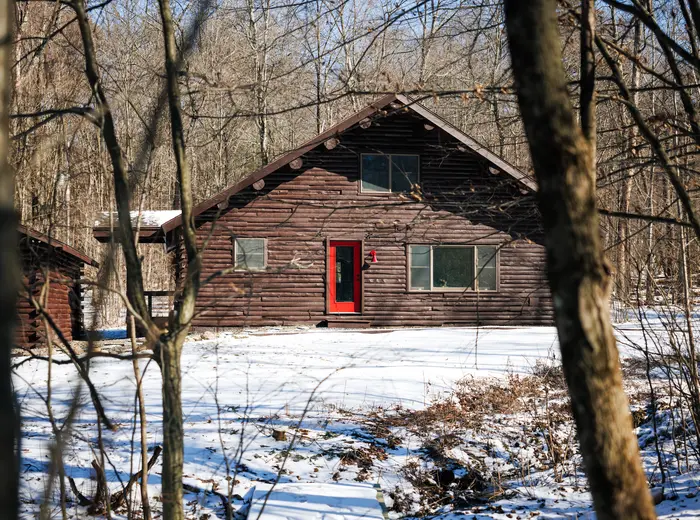
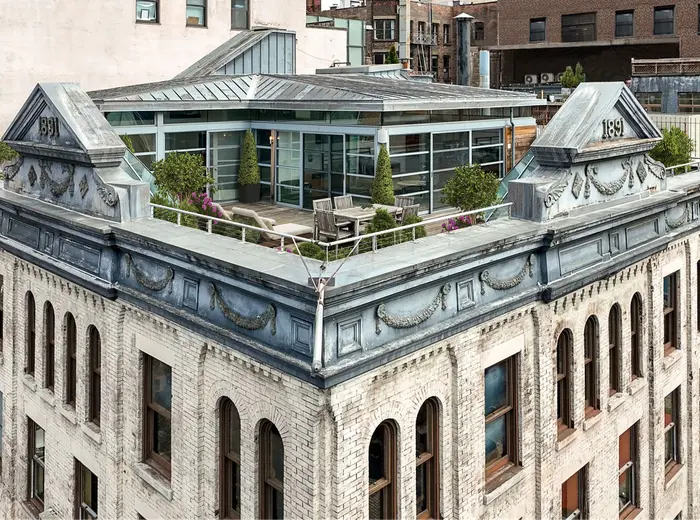
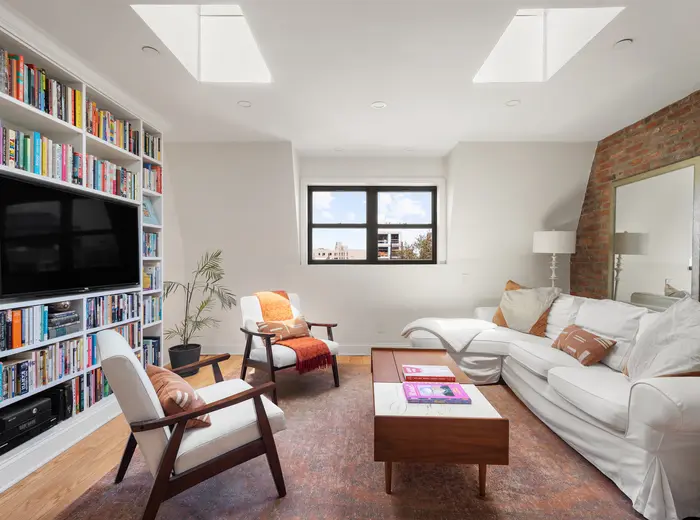
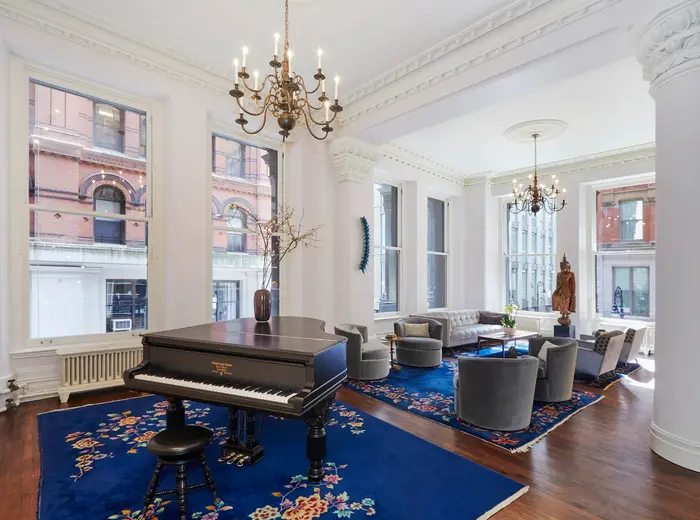
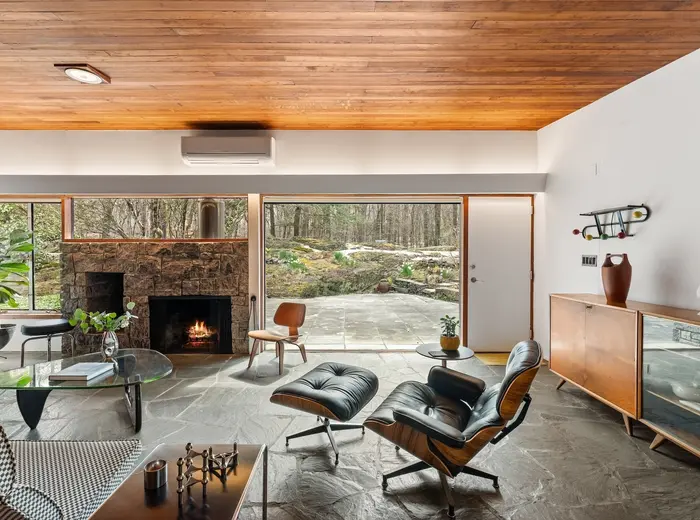
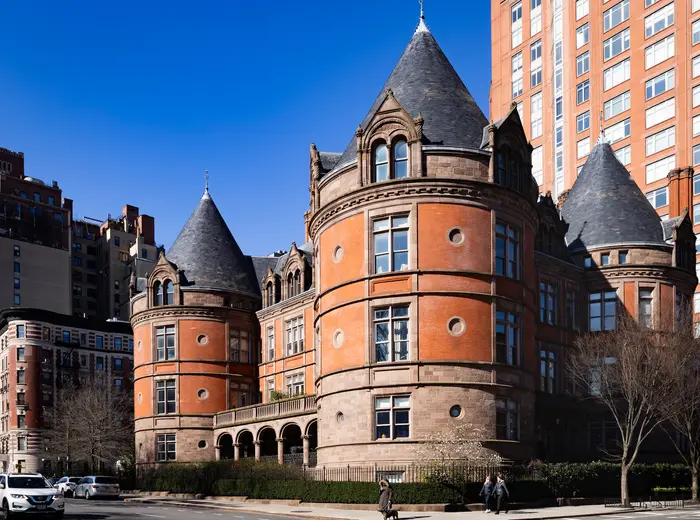
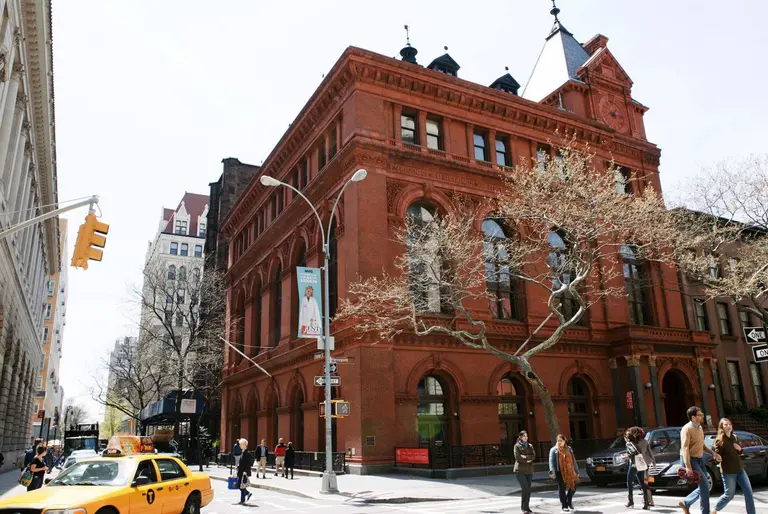
Photo via Brooklyn Historical Society
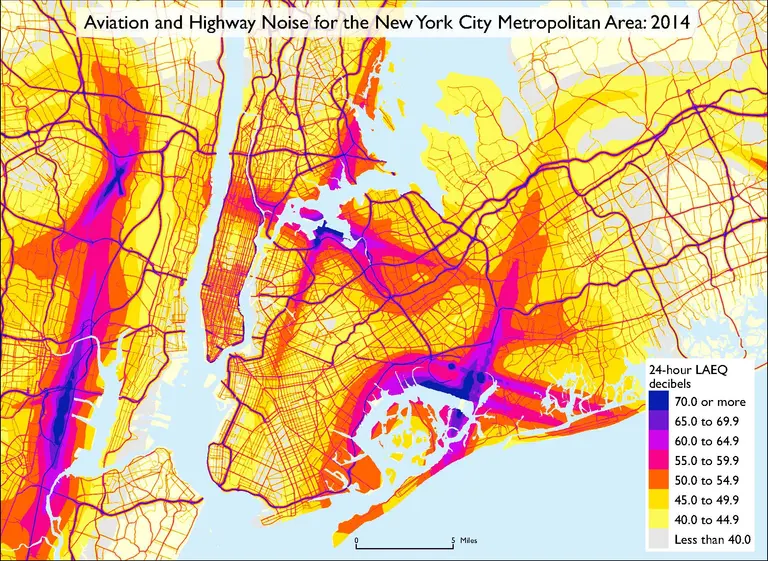
The map, the first of its kind, highlights the intensity of noises made by cars and airplanes across the country through geospatial data.
 Know of something cool happening in New York? Let us know:
Know of something cool happening in New York? Let us know: